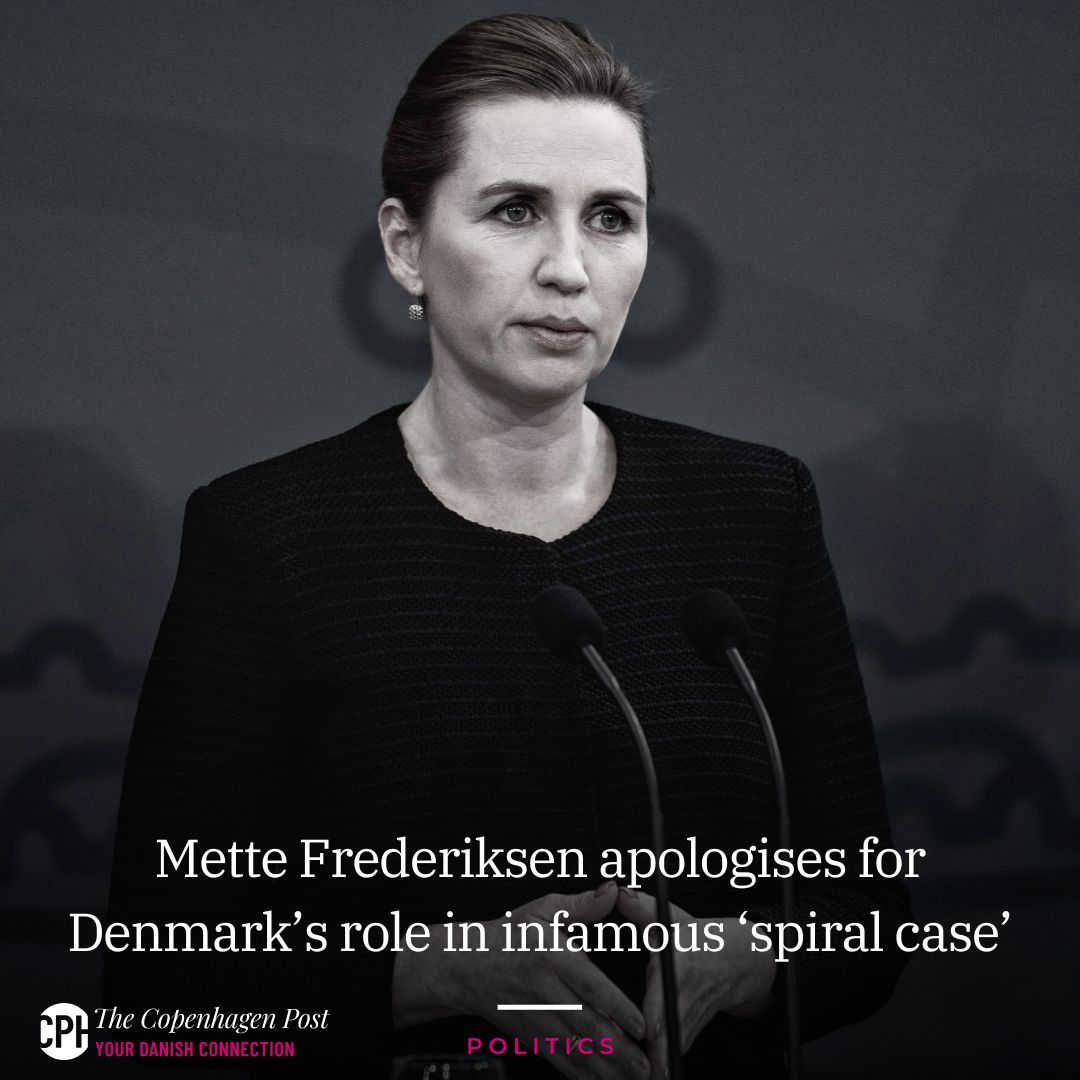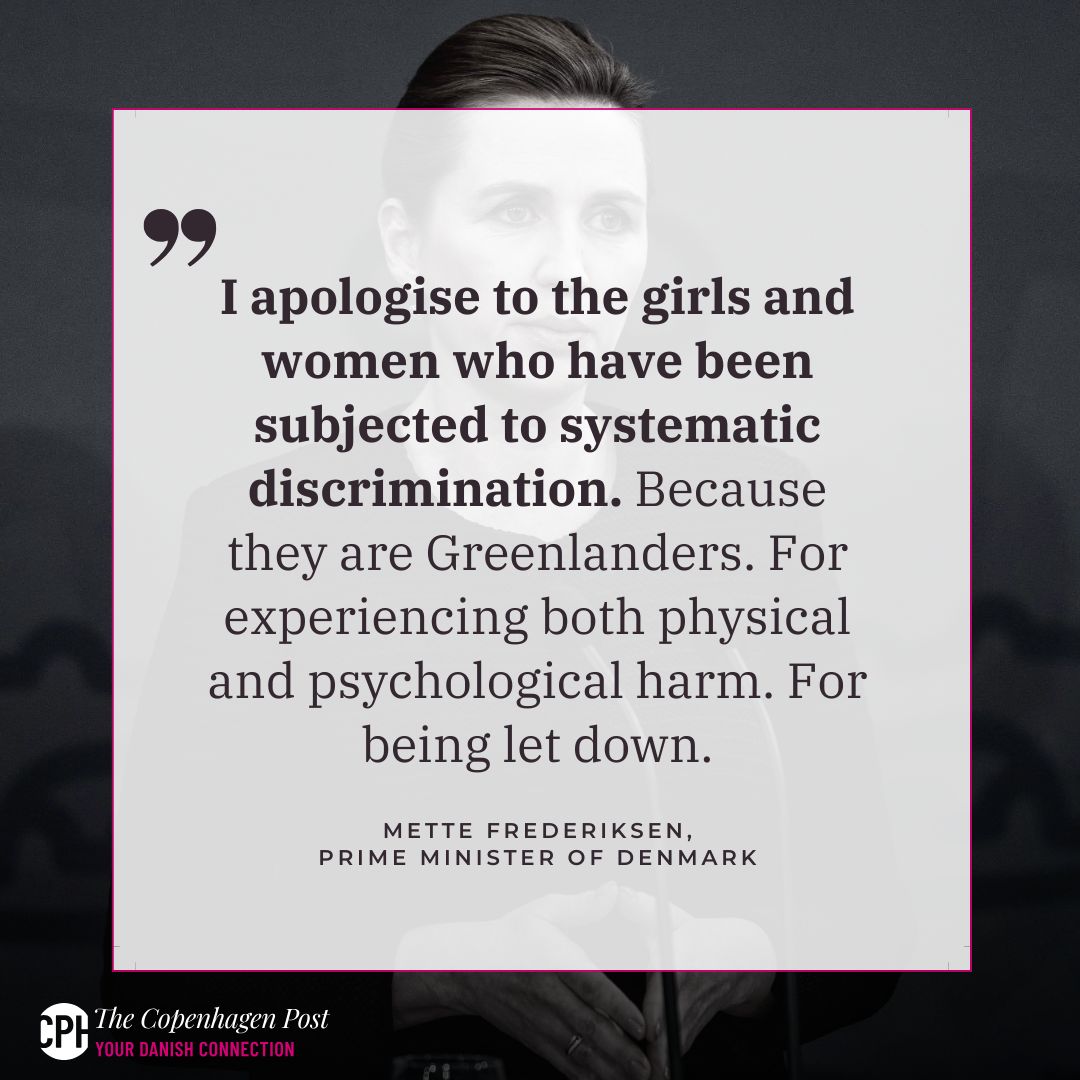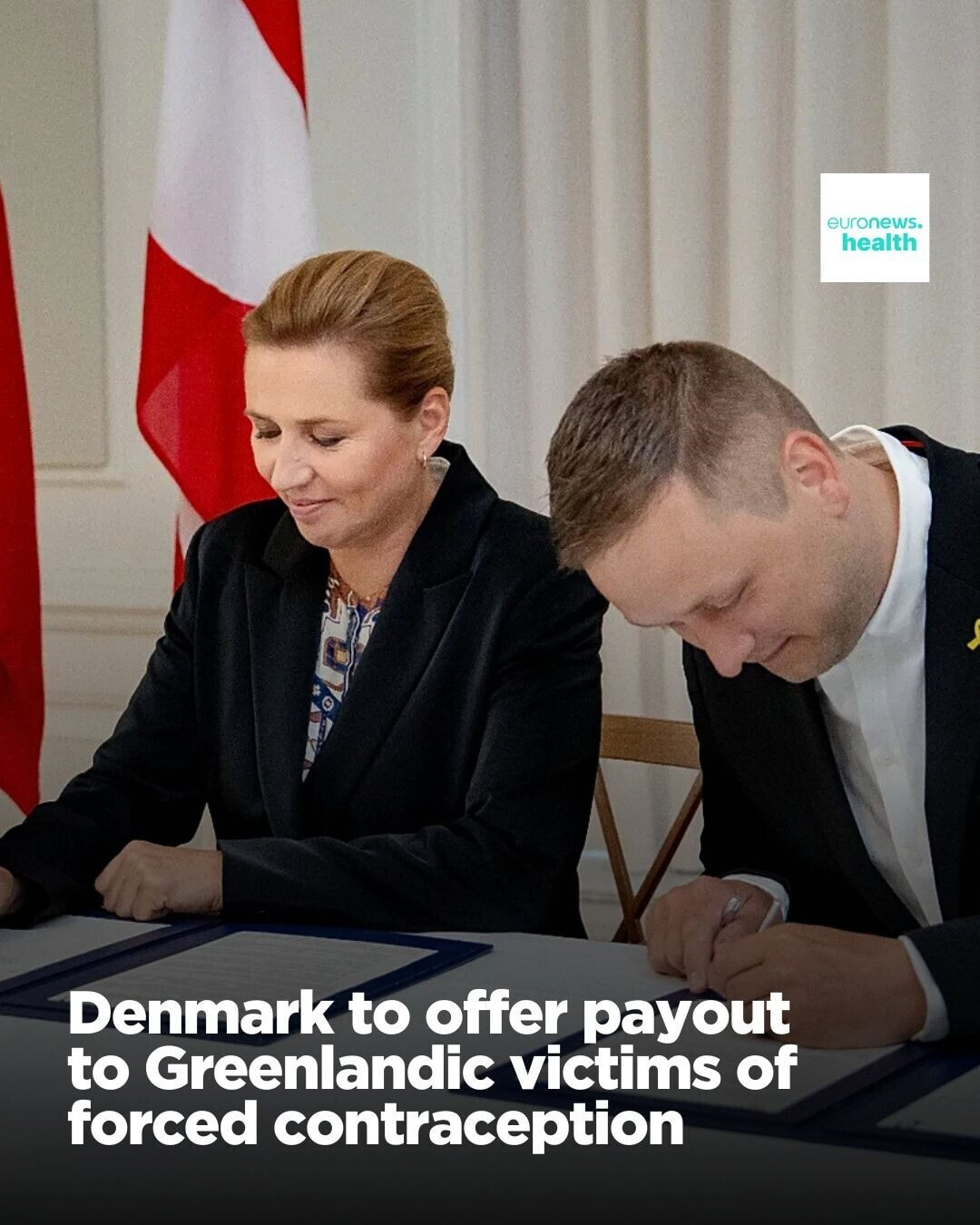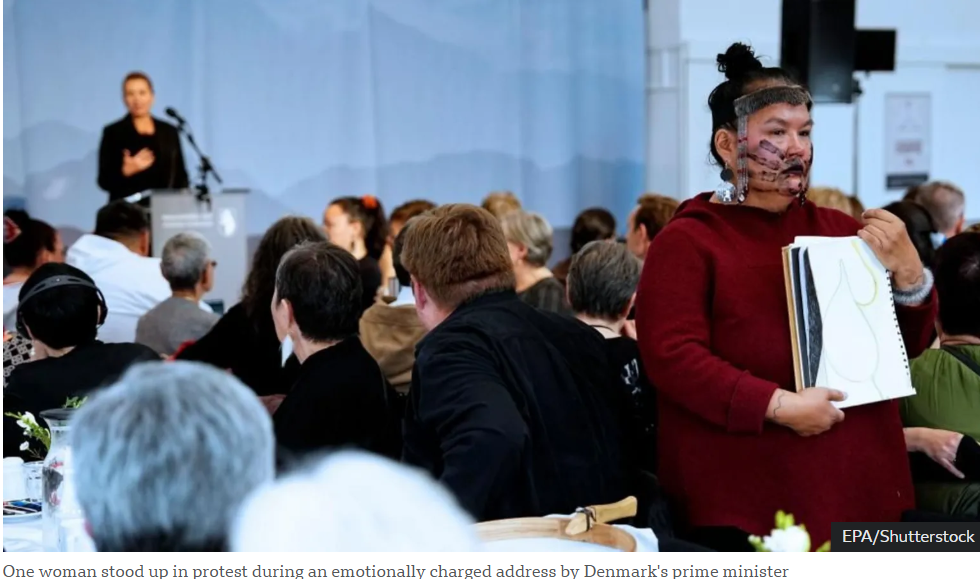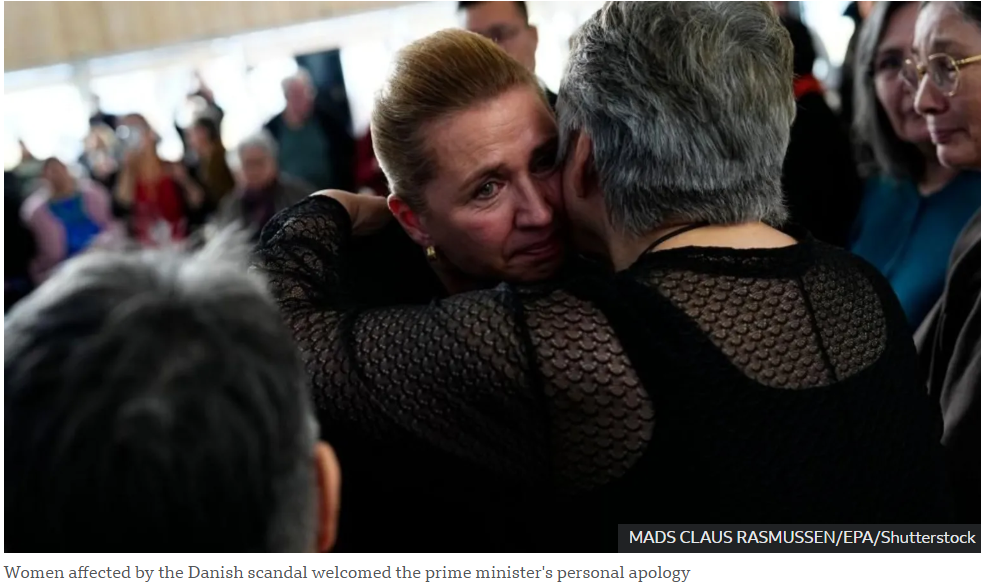25.09.2025
Reckoning with Denmark’s Cruel Birth Control Campaign
On September 24, Denmark will formally organize an official apology to Greenland after an investigation has established the state’s responsibility in the so-called IUD campaign initiated in 1965 that victimized thousands of Greenlandic women, who have been victims of systematic discrimination during the birth control campaign that took place in Greenland from 1965 to 1991. It is believed that 4.500 women and girls, some of them as young as 12 at the time, were fitted with IUDs without their knowledge or consent by Danish doctors in an apparent attempt to reduce the population of Greenland. The campaign led to rapid and significant drop in birth rates. The disclosure by the media sent shock waves through the Greenlandic society and aggravated the already strained relations between Greenland and Denmark. The report shows that the same practice has also been used against Greenlandic girls at boarding schools in Denmark. Some of the women suffered immediate consequences such as abdominal pain, heavy bleeding, discomfort during intercourse, and infections. In some cases it even led to chronic infertility.
The IUD campaign timeline
1950: The report from the Greenland Commission (G50) structures the modernisation process of Greenland with an ambition of formal equality between Greenland and Denmark and improved living conditions in Greenland.
1953: Greenland is integrated into the Kingdom of Denmark after pressure from the UN to decolonize.
1960: The chief health officer in Greenland (landslægen) problematises the increase in birth rate.
1964: Publication of the G60 report on the progress of the policy to modernize Greenland. The advisory economist is not concerned about the population increase, but the G60 report recommends a birth control campaign due to an increase in teenage pregnancies out of wedlock. The first IUD is used in Greenland. Several doctors, including the chief medical officer and doctor Rosen from the Danish organisation Mother’s Aid, play leading roles in propagating IUDs in Greenland.
1965: The Greenland Council initiates a birth control campaign in Greenland. Doctor Rosen tests the use of IUDs on a group of Greenlandic women.
1969/1970: A report from the national health officer shows a decrease in the birth rate due to the IUD. Authorities seemingly loose interest in the birth rate.
1970: Introduction of the birth control Depo-Provera in Greenland.
1992: The Greenlandic Home Rule overtakes the administration of the health department.
2017: One of the victims, Naja Lyberth, starts to search for other victims from the IUD campaign, using her social media platform.
2019: The Greenlandic newspaper AG reports on the IUD campaign and among others interviews Naja Lyberth about her personal experiences.
2021: The Greenlandic magazine Arnanut publishes another article on the IUD campaign.
2022: The podcast “The IUD campaign” is released on the Danish Brodcasting Corperation (DR).
2023: The Danish-Greenlandic investigation in anticonception is initiated.
2024: A group of 143 Greenlandic women sue Denmark for forced contraception.
2025: Denmark and Greenland issues formal apologies for the IUD campaign.
(Source: “Uvildig udredning af antikonceptionspraksis i Kalaallit Nunaat i perioden 1960-1991”, (“An impartial study of contraception practices in Kalaallit Nunaat in the period 1960-1991”)
Credit: FRANCE 24
The IUD campaign timeline
1950: The report from the Greenland Commission (G50) structures the modernisation process of Greenland with an ambition of formal equality between Greenland and Denmark and improved living conditions in Greenland.
1953: Greenland is integrated into the Kingdom of Denmark after pressure from the UN to decolonize.
1960: The chief health officer in Greenland (landslægen) problematises the increase in birth rate.
1964: Publication of the G60 report on the progress of the policy to modernize Greenland. The advisory economist is not concerned about the population increase, but the G60 report recommends a birth control campaign due to an increase in teenage pregnancies out of wedlock. The first IUD is used in Greenland. Several doctors, including the chief medical officer and doctor Rosen from the Danish organisation Mother’s Aid, play leading roles in propagating IUDs in Greenland.
1965: The Greenland Council initiates a birth control campaign in Greenland. Doctor Rosen tests the use of IUDs on a group of Greenlandic women.
1969/1970: A report from the national health officer shows a decrease in the birth rate due to the IUD. Authorities seemingly loose interest in the birth rate.
1970: Introduction of the birth control Depo-Provera in Greenland.
1992: The Greenlandic Home Rule overtakes the administration of the health department.
2017: One of the victims, Naja Lyberth, starts to search for other victims from the IUD campaign, using her social media platform.
2019: The Greenlandic newspaper AG reports on the IUD campaign and among others interviews Naja Lyberth about her personal experiences.
2021: The Greenlandic magazine Arnanut publishes another article on the IUD campaign.
2022: The podcast “The IUD campaign” is released on the Danish Brodcasting Corperation (DR).
2023: The Danish-Greenlandic investigation in anticonception is initiated.
2024: A group of 143 Greenlandic women sue Denmark for forced contraception.
2025: Denmark and Greenland issues formal apologies for the IUD campaign.
(Source: “Uvildig udredning af antikonceptionspraksis i Kalaallit Nunaat i perioden 1960-1991”, (“An impartial study of contraception practices in Kalaallit Nunaat in the period 1960-1991”)
Credit: FRANCE 24
Poverty deprives people of adequate education, health care and of life's most basic necessities- safe living conditions (including clean air and clean drinking water) and an adequate food supply. The developed (industrialized) countries today account for roughly 20 percent of the world's population but control about 80 percent of the world's wealth.
Poverty and pollution seem to operate in a vicious cycle that, so far, has been hard to break. Even in the developed nations, the gap between the rich and the poor is evident in their respective social and environmental conditions.
Poverty and pollution seem to operate in a vicious cycle that, so far, has been hard to break. Even in the developed nations, the gap between the rich and the poor is evident in their respective social and environmental conditions.
